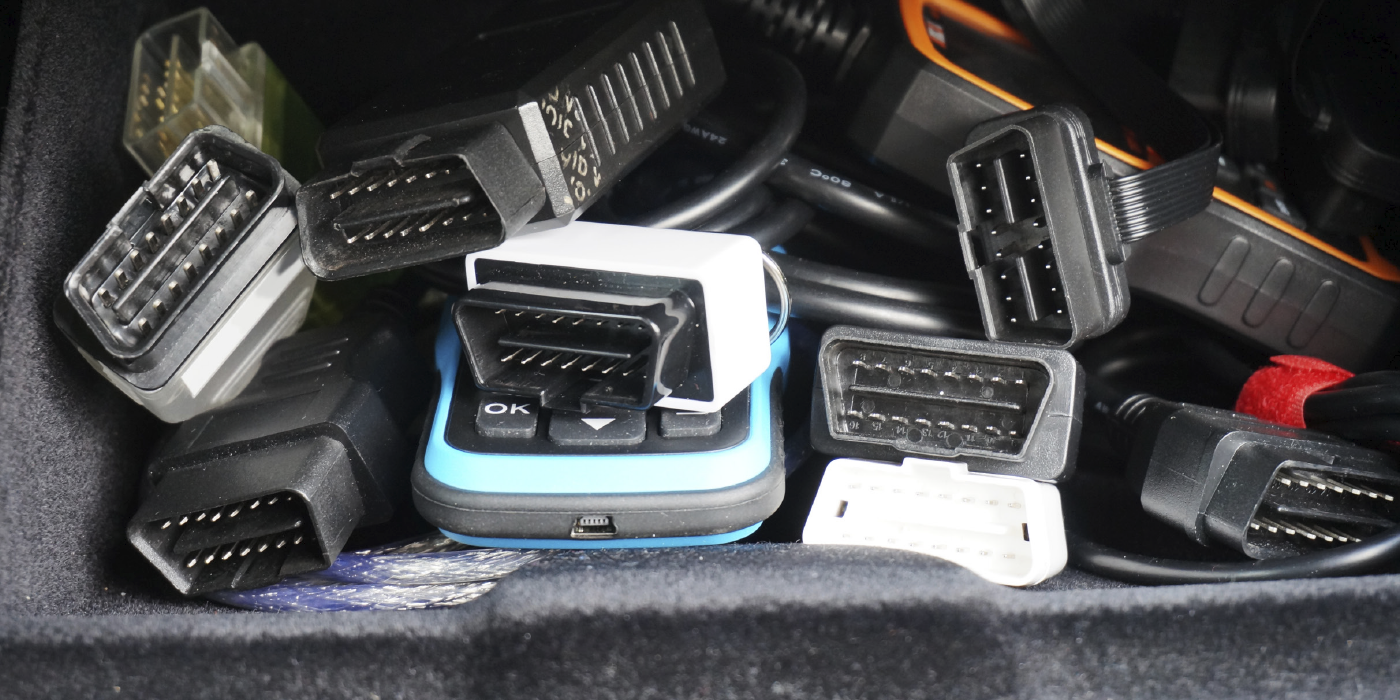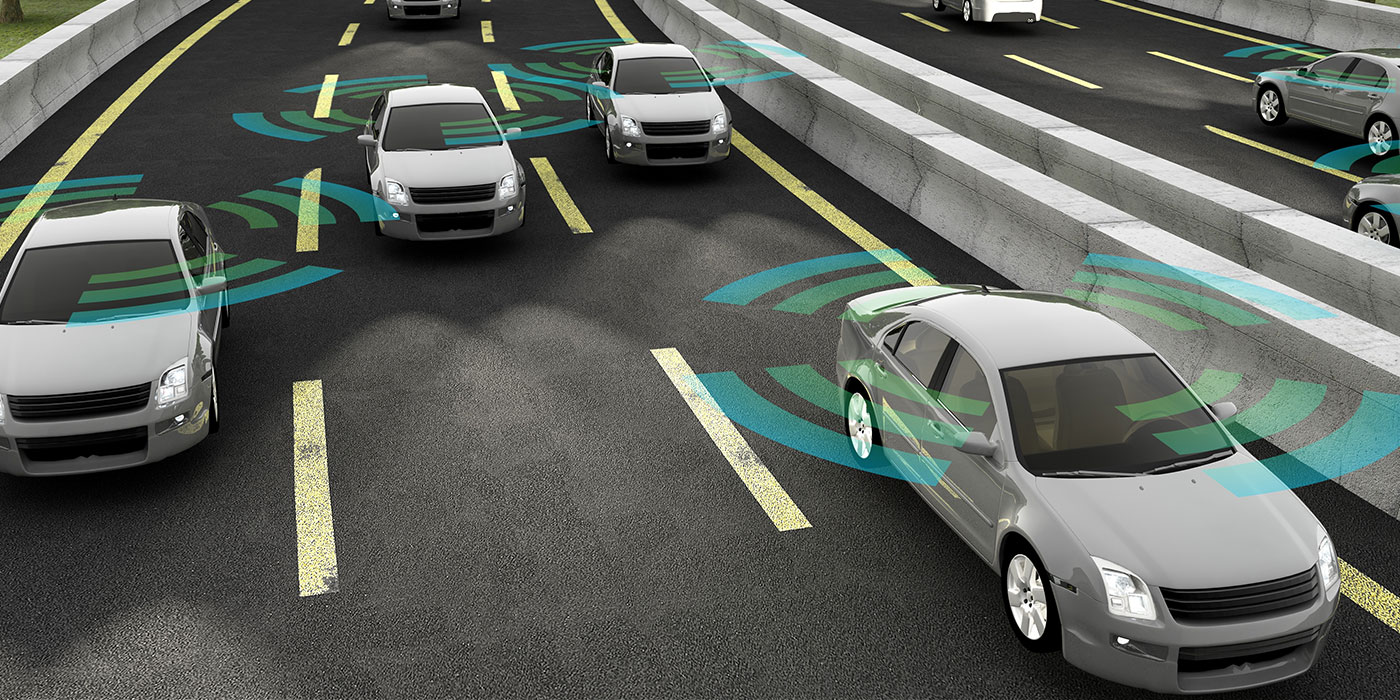Technology is defined as the application of scientific knowledge for practical purposes, especially in industry. We often picture technology as something that has computers and electronics attached, and often it does. But, in the world of impacts, both in the realm of pneumatic and cordless, technology bears much deeper roots.
Let’s dig in and look at the core of impact design, along with some of the latest engineering, for the hardest working tool in the automotive industry.
ERGONOMICS
Ergonomics is a complex science focused on the interaction between an operator and their working environment. A very small piece of the puzzle, yet one of the biggest factors affecting our industry, is the damaging effects sustained by our hands and wrists with the regular use of handheld and power tools. Manufacturers of impact wrenches devote equal resources to the development of this science as to the output of the tools.
Handle design is a critical aspect. All forces generated by the work of the tool are transferred from the handle into your hand and wrist. The majority of standard impact wrenches feature pistol-grip handles.
Many other power tools feature pistol-grip handles as well, but take a look at your power tool drawer and notice the different location of the handles.
Locating the handles toward the rear of a tool and designing it for a higher grip provides better direct control of a process, allows you to grip the tool stronger and apply a greater inward force (compare your drills to your impacts), but this also transfers twisting motion into your wrist.
Since it’s not necessary to apply a great amount of inward force on an impact, the handle is positioned farther forward with a lower grip, which places the weight of the impact directly above the handle, reducing the twisting motion that’s transferred into your wrist.
An interesting note on the subject of grip: Many cordless drill/drivers are designed with the handle farther forward to balance the tool better due to the weight of the battery. A pneumatic drill has an advantage when drilling due to the location of the handle. However, notice how some cordless drill/drivers have longer handles. This is so you can grip them lower when using as a screwdriver to limit the force transferred into your wrist, and grip them higher when drilling to gain control and apply greater forward pressure.
Weight is naturally an important aspect, because the heavier the tool, the more weight is transferred into your wrist, and the lighter the tool, the easier it is to control. Better materials and stronger components reduce weight, and every ounce counts! As important as weight, is the location of the weight. The goal of ergonomics is to keep the wrist straight, transmitting forces into your arm. A balanced tool transfers the weight down the centerline of the handle, helping to accomplish this.
GETTING A GRIP
The better the design of the grip, the lower the grip force required to hold the tool, meaning less impact is transferred directly into your hand and wrist. Grip size is a factor, too. We all have different size hands, and making sure the grip is comfortable and fits your hand should be one of the considerations when buying an impact.
A tapered handle design will allow all K-Seal and Handles are designed for ease of grip and ventilation. fingers to wrap equally around, and the handle material or the handle covering is also an engineered factor of all new impacts. We know many handles have unique designs and look cool, but there’s more to it than that. Whether it be special shapes or logos, notice that they’re not smooth. They’re designed for improved grip and for ventilation. NVH Noise, vibration and harshness may be one of the buzz diagnostic terms in the industry but we can apply them to the technology of impact engineering. Harshness control can be paralleled to the considerations of weight and handle design, and noise is next on the list.
There are two sources of noise from an impact: the noise created by the impact mechanism hitting the anvil, and, in the case of pneumatic, the noise created by airflow. Tool engineers continuously work to refine the designs of impact mechanisms to reduce their contribution to noise, and airflow noise is controlled by two methods: directing the airflow away from the user and through multiple stage silencers.
The vibration created by impacts can have very serious long-term health effects, and there are two ways technology is battling this. One is with the internal design of the motors, be it electric or air, to isolate their vibration from impact housing. The other is using non-resonating composite materials for the body of the tool. There was a lot more thinking that went into composite materials than just weight.
In the world of impacts, we often only talk about power, and with cordless, we also talk about battery life. Both are equally important, but they are aspects that generally speak for themselves, and most of us are familiar with how battery technology has skyrocketed over recent years. Technology is still working non-stop to not only improve on these aspects but also to continuously make the tools safer and easier on us.
Now, let’s look at more of the fun stuff. It’s the power, the look, the outward features of an impact that initially draw our attention and make our jobs much easier. One of the great features that technology has brought to cordless is the addition of lights. The more we can see, the better we do our job. Bright LEDs illuminate work areas, with some featuring a 360° light ring to eliminate shadows.
Here’s one we think you’ll like. Have you ever wished your impact had a different length anvil? What if you had an impact where you could switch it out in a matter of seconds to a different length or drive size? In the pneumatic world, wish no more. The technology is here.
When it comes to impact engineering, whether you’re looking for more power, lighter weight, ingenious features, cordless, or pneumatic, there’s no shortage of new, and behind the scenes, the benefits for the health and safety of technicians are just part of the technology.”














